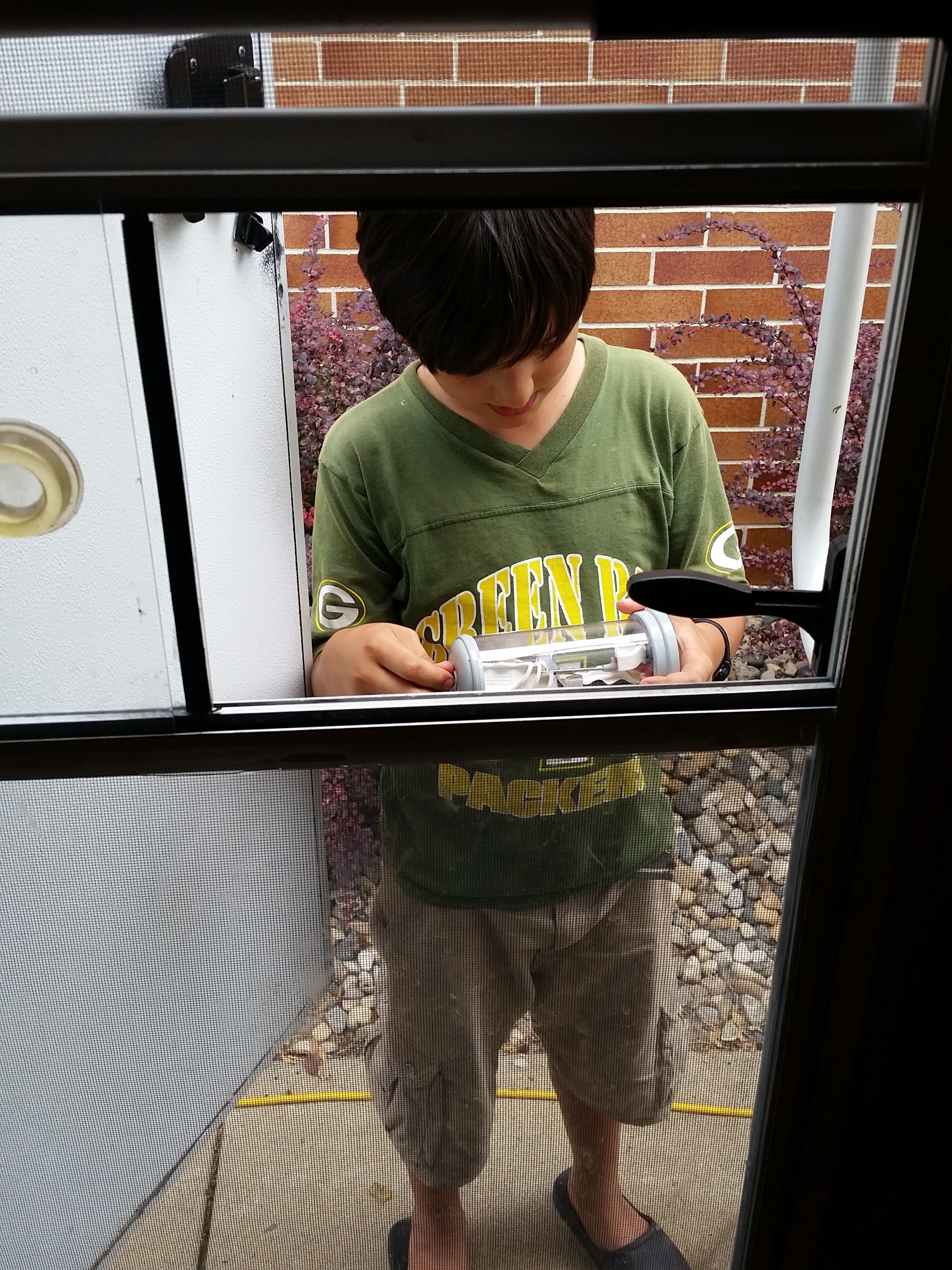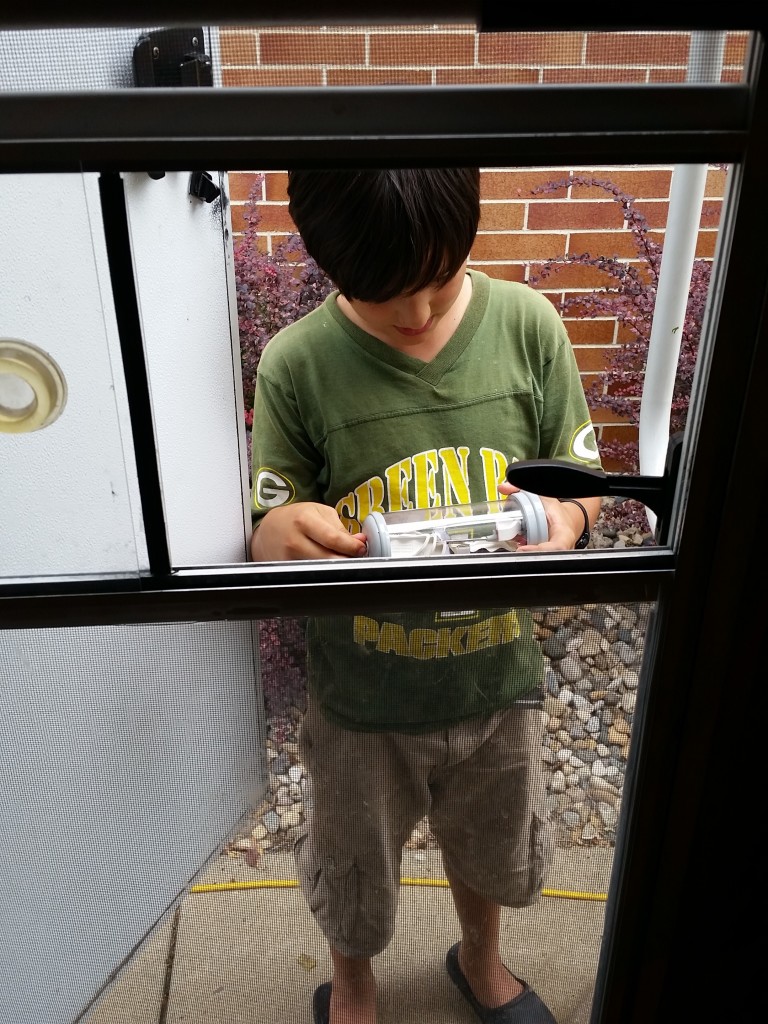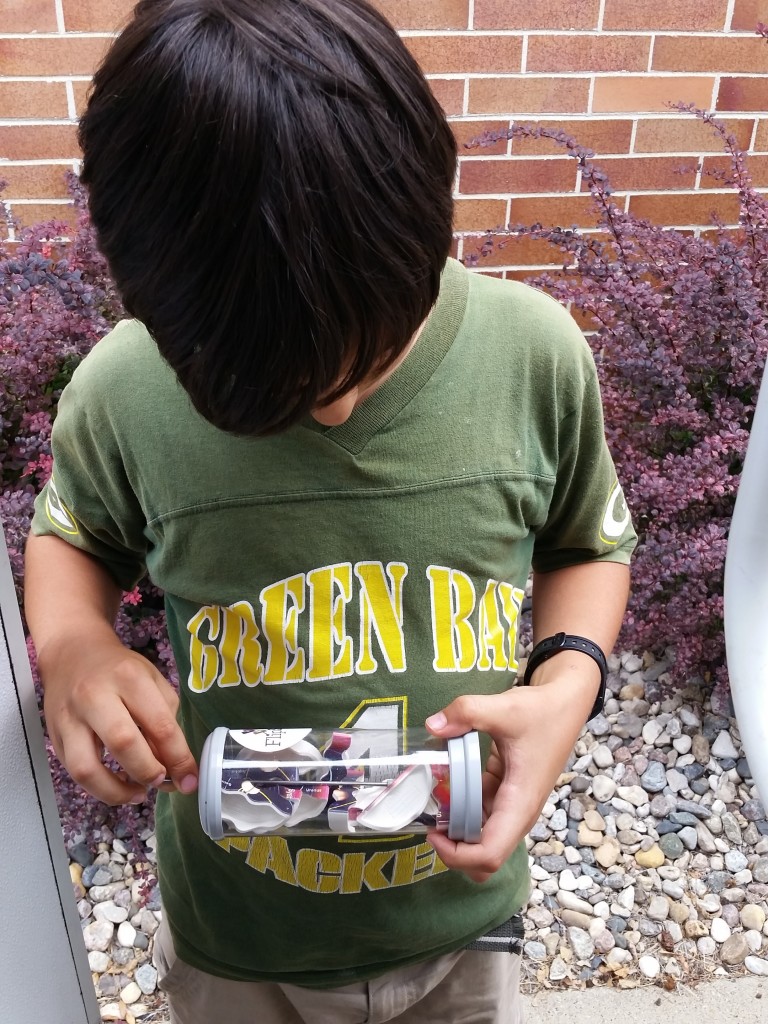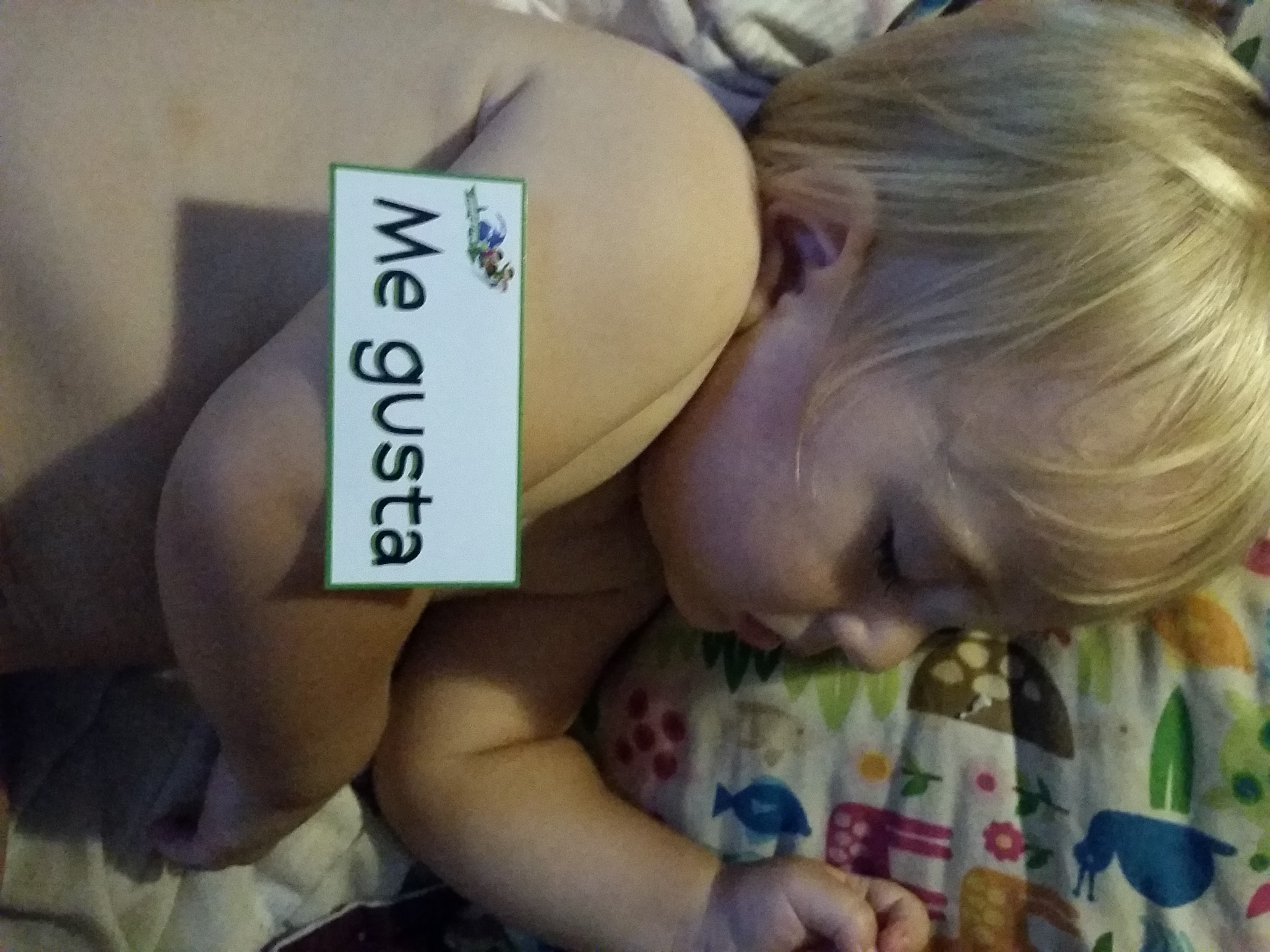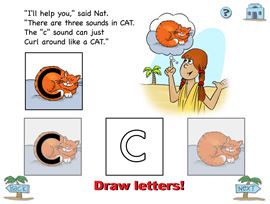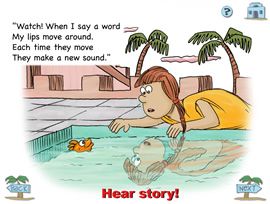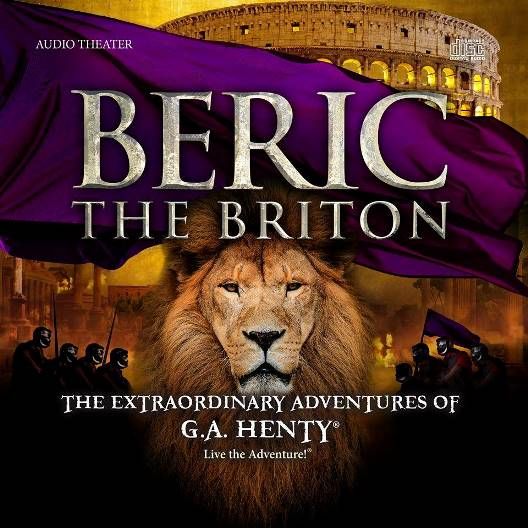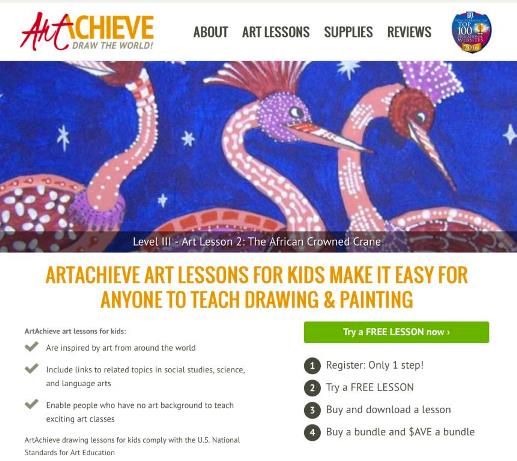While our favorite way to study Spanish is to hang out in the southwest parts of the USA and speak a little Spanglish with the locals every day, we currently happen to be a little further north and find the Spanish speakers a little less everywhere. That means it’s time to turn to the curricula. Coincidentally, Foreign Languages for Kids by Kids hooked us up with Starter Set 1 of their Spanish program in exchange for this review. Bueno, eh?
What is Foreign Languages for Kids by Kids?
The premise behind Foreign Languages for Kids by Kids (hereafter known as “it”) is that your students are on a flight to various Spanish-speaking countries. The flight attendant introduces the filmed segment and announces where you’re headed.
If you’re a good parent, you look the country up on the map, check some library books out, and make an ethnic meal. Then there’s me. Someone hit play, wouldya? (Did you just totally picture me in sweats with rags in my hair and my feet on a table with three mangy dogs chewing on our schoolbooks while the kids eat stale pizza and Spam from two days ago and I only move to scratch myself or shoo flies away from my beer with my stoagie? Yeah, I did, too. That’s not really me. We did look countries up on the map, but I didn’t make any ethnic meals…yet. And I don’t smoke stoagies…or anything…except the kitchen when I burn dinner…again.)
Next you launch into the everyday life of three brothers and their antics. Each brother has a different personality or interest which is represented by the shirts they wear, the props they carry, and the activities they undertake–like eating, reading, and playing basketball. The dogs have interests, too…like sleeping and stealing the kids’ desayuno (breakfast).
The conversation is entirely in Spanish…and entirely entertaining without being too terribly in-your-face like Dora the Explorer who yells all day long! It does elevate to that at times, but not too much…and it workds.
There is the occasional adult–only one that I’ve noticed, actually–but she is never fully seen. Only her voice is heard. Think Peanuts: “Mwa mwa mwa mwa mwa mwaaaa…” except in Spanish which probably sounds like mwa mwa mwa mwaaa if you are a bit rusty on your Spanish.
Starter Set 1 includes the following:
- A DVD with three flights or levels
- A separate teacher’s guide for each level, including lesson plans, DVD schedule, and extra activities.
- Consumable workbooks for each level
- Vocabulary flashcards and card games
- Spanish stickers for all levels
 How do we use it?
How do we use it?
The program is simple to use. At the bare minimum, you pop in the video and watch it. Easy peasy. You do not need to know Spanish to use this curriculum, and you don’t need to grasp each word the first time. It is expected to take several viewings to learn each word, which is good, because then the students are hearing the Spanish spoken repeatedly. If you don’t learn something just by viewing, you must have slept through class. Hey, I’m not judging. I totally need popcorn to stay awake through any film.
The program also includes stickers you can paste around your home so everyone in the family is seeing and learning the same words. That way you’re all using them and solidifying the language in your head forever! I know this works, because my brother and I did this when we decided to learn French 30-odd years ago–we can both ask where the telephone is in France, although, unfortunately, I still can’t understand a Frenchman giving us directions to the toilet.
If you don’t want stickers all over, or, as in our case, there are more stickers than you have worldly goods, use them in a sketch pad or notebook. Place the sticker at the top of the page and have the child illustrate the word. You could also play a game where you stick a previously unseen Spanish sticker on your forehead, and you have to guess what you are by asking other players questions about yourself…in Spanish. Try it!
The course also includes vocabulary cards, games, and ideas for further cementing those words into your vocabulary. It’s all explained in the included teacher’s guides–one for each of the three videos. Of course, the best way is to simply use the words all the stinkin’ time, but the games are a fun addition for the reluctant speakers.
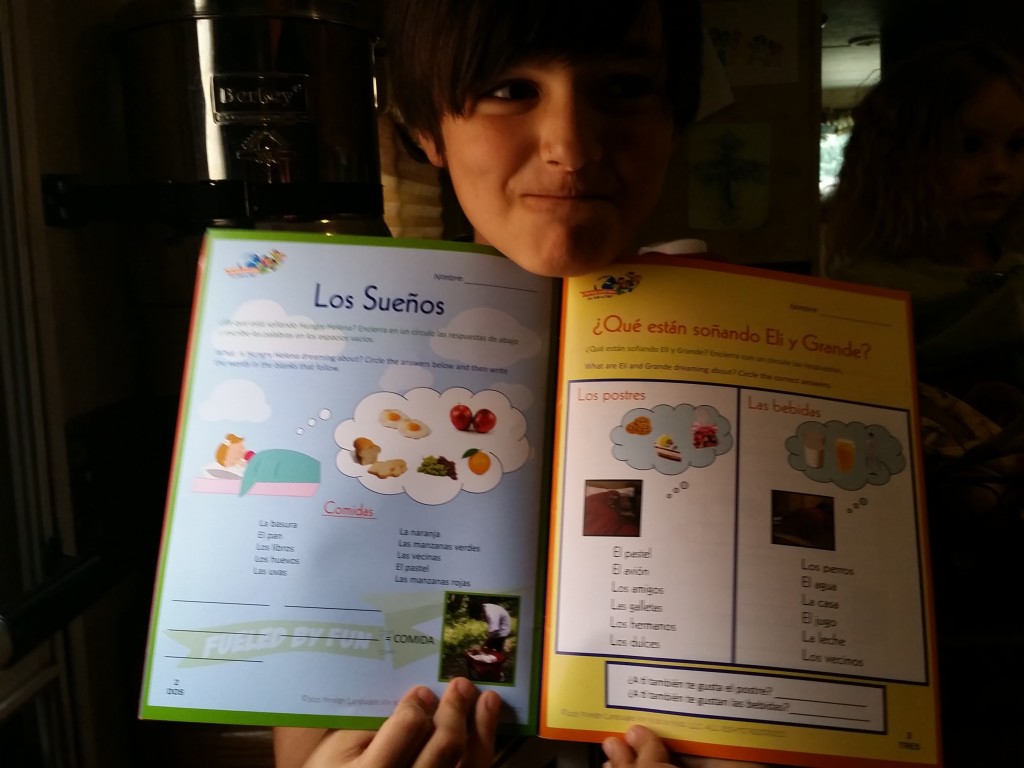
What did we think?
Our 10 and under crowd think it’s fantastic. They even request it on non-school days. Points!
We already know Spanish and use it a bit (not extensively by any means), so some of us knew quite a few of the words that we were taught in the first two of the three videos in the series. Three pushed them a bit more. The words they did not know have been solidified by watching the short videos again and again.
After reviewing the videos a few times, they have had no trouble whatsoever with the workbooks. As an aside, the workbooks are very high-quality with excellent printing, color, and images. I appreciate the variety of activities, the lack of parental involvement required in many of them (because the kids need to eat, right?), and the cultural and geographical information they include. Also, the pages don’t tear when a toddling brother steals them and hides them in the litter box. They wipe off easily, too. I wouldn’t mind more workbook activities–I know, I know. I’m the anti-workbook person and I’m totally playing both sides here. Hey, it’s situational.
The ages that are actively using the program here are 4 (and a half, Mommy! Tell them I’m four and a half!), 8, and 10…and a half. My older kids recently finished another Spanish program, but they’ve watched the videos once or twice and had a refresher on some topics…and a huge pronunciation and regional languages discussion.
What I like most of all is that this course includes the spoken language, so they are hearing the words, seeing them, speaking them, writing them, and sticking them…both around the trailer and in their brains. That’s really what sets this program apart from others and adds value for this price range. It’s natural and effective, and I’d love to go further in this curriculum.
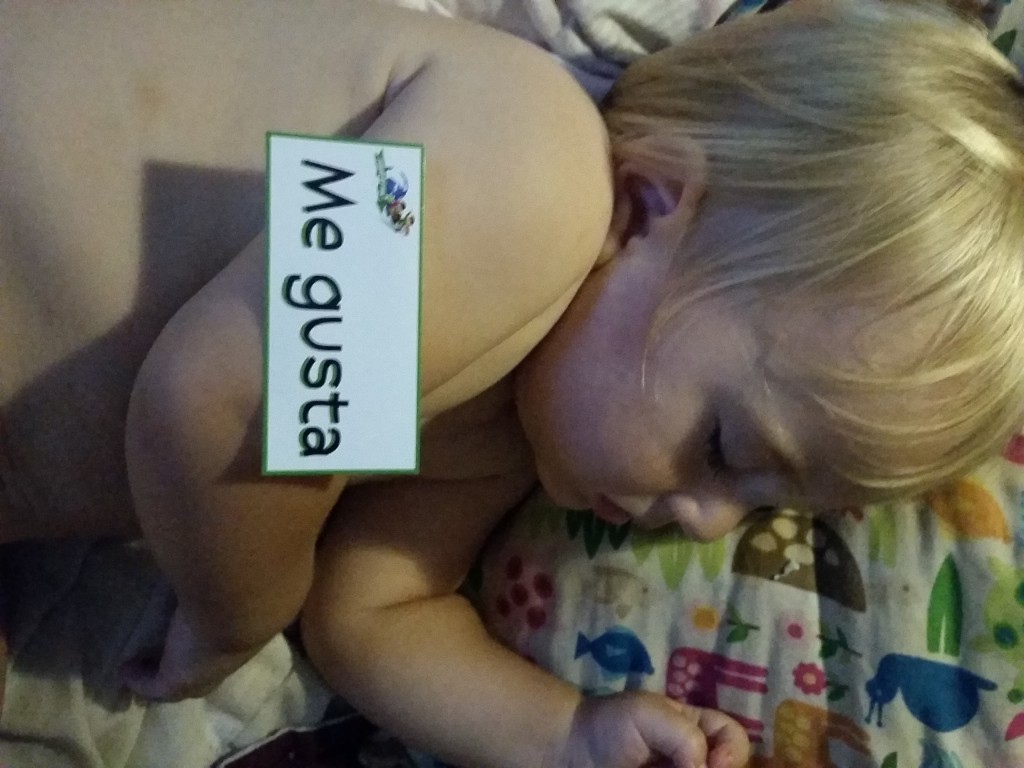
A word about the extras:
I personally don’t like programs that have a lot of extras. Again, I know–I’m weird. But seriously, people, it’s just more stuff! Stickers, vocabulary cards-there are Spanish words everywhere! I’m even dreaming in Spanish! But wait. Isn’t that the point? To expose your children (and your own self) to Spanish so frequently that it becomes second nature?
Why yes. Yes it is. Point to the curriculum.
In this case, honestly, the extras work. The kids can do the vocab cards in the van, they can stick stickers to their hearts’ content, and when I say “Spanish time, chicitos!” they come running. Points for that, too.
A word about the videos:
These are not Hollywood Blockbusters, but they work. My younger kids enjoy them, and my older kids didn’t run away screaming or vomit on the screen. They are done well and my children are learning and hearing the words pronounced by someone who isn’t their mom.
A word about the pronunciation:
There are some words that are pronounced differently than I learned in my Mexican Spanish training. This obviously is due to pronunciation and word usage variations across the world in Hispanic speaking countries.
It is a little confusing if you already learned Spanish another way, but don’t even worry about broaching that at this point. Whether you pronounce the word “ella” as “elya” or “eya” or “edja,” no native Spanish speaker is going to scold you any more than a Nevadan might scold a Bostonian for “warshing” his hands.
Additional thoughts for my fellow roadschoolers:
There is no internet access required to use this program, because it is physical, so we’re good there.
It does, however, come with three teacher’s guides, three student workbooks, a DVD, and the extras. Everything, however, is very thin, so really, no worries. And when you’re finished with the teacher’s guide or not using a level, you can stow them someplace inaccessible. You’ll probably want to keep the workbooks and videos on hand for review.

Last words:
You’re not going to be hopping a jet to Peru and speaking fluently after going through this Starter Set, because, hola!, it’s a starter set. You will, however, get your kids speaking some basic Spanish naturally, quickly, and painlessly over the next 20 weeks…although watching the breakfast scene is a little painful at times if you’re hungry.
Get connected:
You can find Foreign Language for Kids by Kids on Facebook here:
Facebook: https://www.facebook.com/ForeignLanguagesForKidsByKids
Save
Save
Find out what stationary homeschoolers think by clicking right here or on the banner below:


Save
Save
Save
Save
Save
Save
Save
Save
Save

